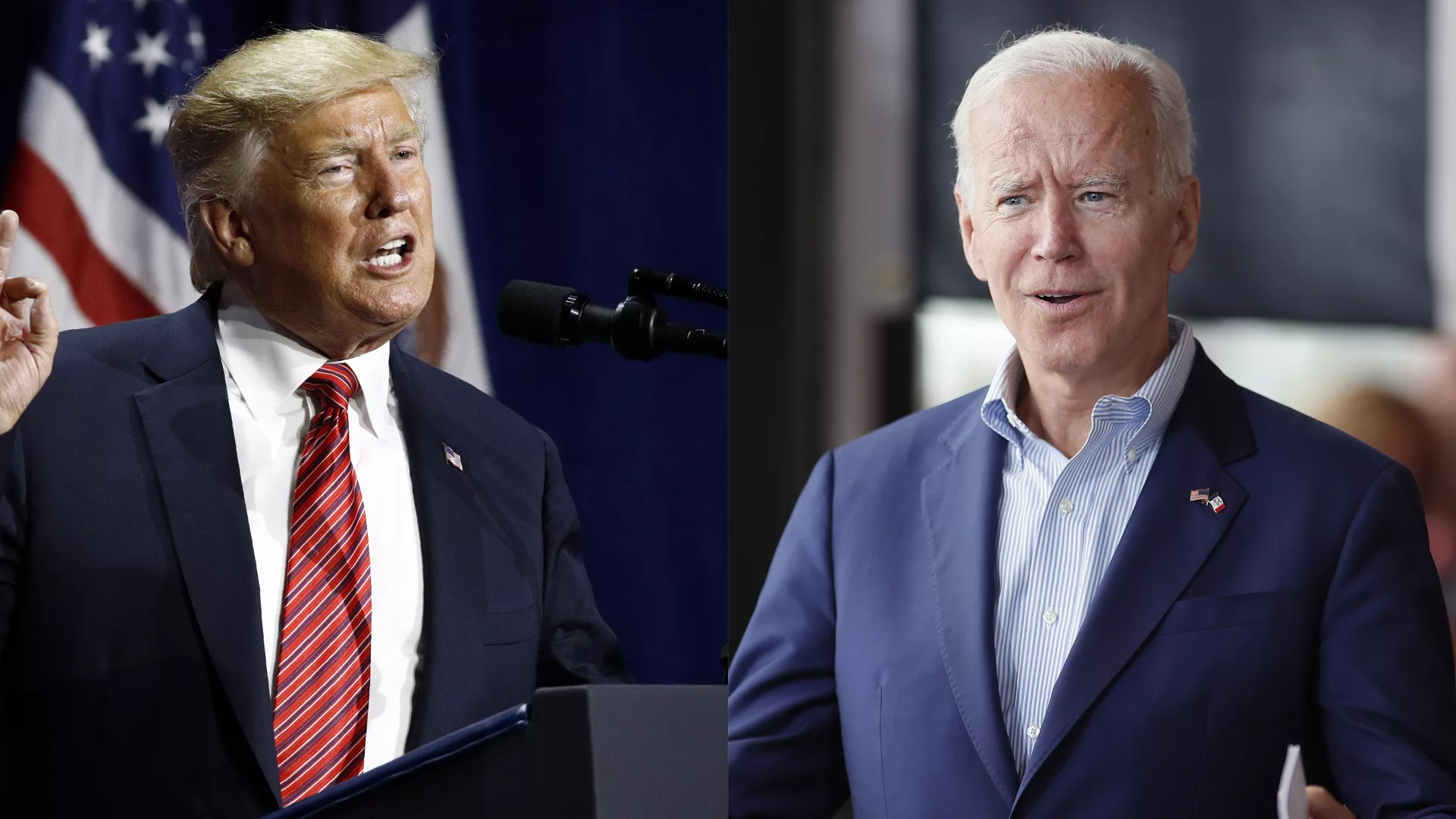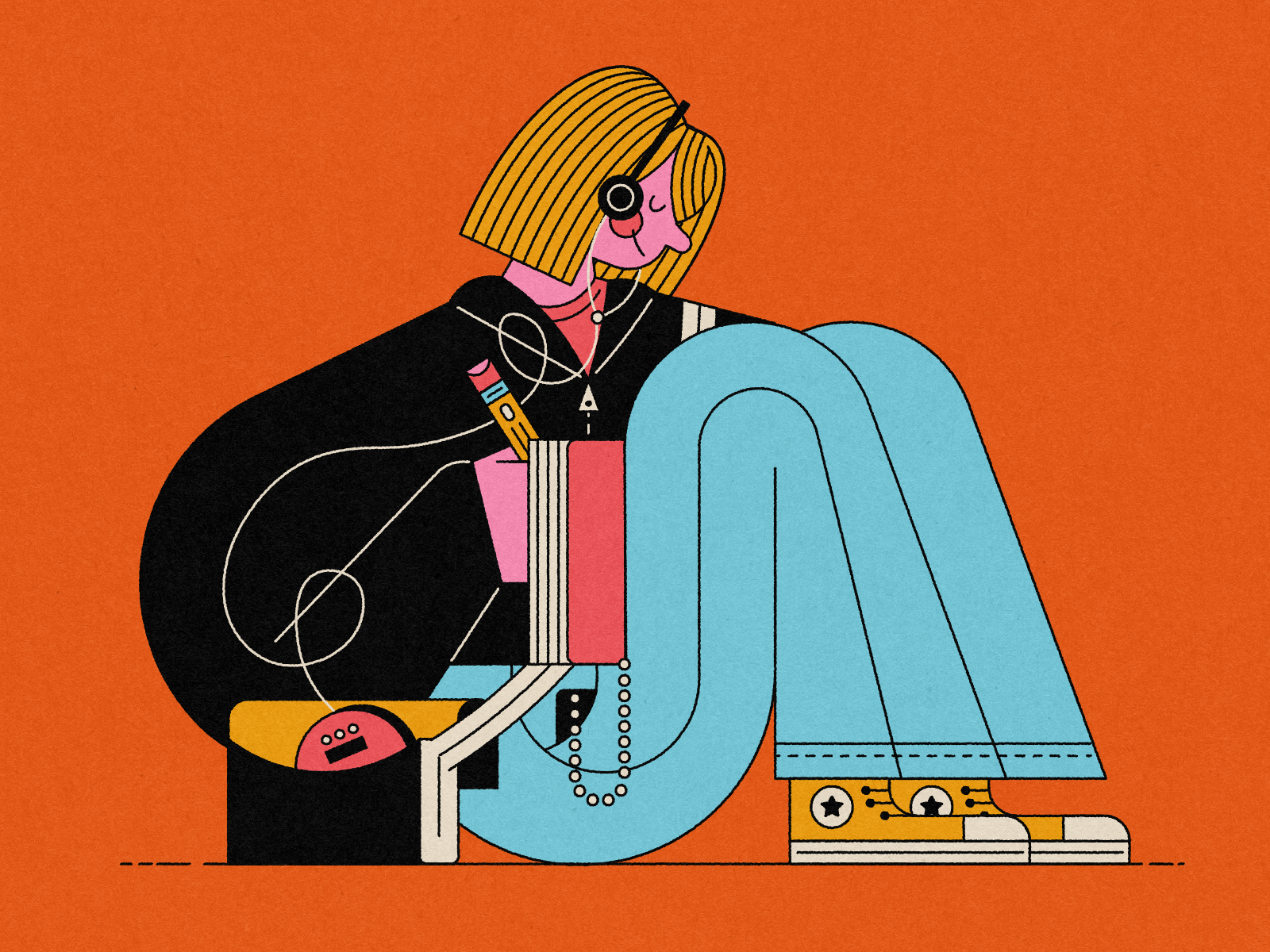In 1989, Francis Fukuyama—one of the great political scientists and intellectuals of our time—published a ground-breaking essay, which he titled ‘The End of History?’. His ideas were received with praise and criticism; with many prominent authors disregarding the buzz around the newly-published work. Nevertheless, it gave way to Fukuyama’s most established and quoted theory, fully developed in his book The End of History and The Last Man (whose title omits the original question mark, suggesting a transition from wonder to affirmation).
The theory is grounded on the idea that we live in a time of such unprecedented change—with regards to politics, culture, and socioeconomic progress. And that humanity has reached the end of history as we know it; it asserts that we are on the cusp of a new epoch altogether. In the concluding paragraph of the original essay, Fukuyama writes:
“The end of history will be a very sad time. The struggle for recognition, the willingness to risk one’s life for a purely abstract goal, the worldwide ideological struggle that called forth daring, courage, imagination, and idealism, will be replaced by economic calculation, the endless solving of technical problems, environmental concerns, and the satisfaction of sophisticated consumer demands. In the post-historical period, there will be neither art nor philosophy, just the perpetual caretaking of the museum of human history”.
Thirty years later, we can contrast this prediction with the reality we’re living in today. Whether you agree or disagree with Fukuyama’s vision of the world, it does not depend on your degree of pessimism. While his claims are not accurate across all dimensions of 21st-century-life, they are in specific contexts. I argue that fashion—as an industry, concept, and art—is one of them.

For those of us who have been fascinated with the world of fashion, it is an evident fact that the fashion industry is ever-changing. Much like other forms of visual or performance art, fashion is seen by many as frivolous or hermetic to ‘real world’ events and issues. However, this couldn’t be farther from the truth—as an expression of human creativity, the evolution of fashion is precisely a reflection of the society which creates and consumes it. The dynamics of its market, which are strongly dictated by ephemeral trends and consumer demands, are a perfect example of how fashion moulds after its context. Fashion responds to shifts in our values and mindsets; to political and economic changes; to intercultural concepts of aesthetics; and even to the general zeitgeist resulting from certain global events.
With this in mind, it is fair to say that we can extrapolate from Fukuyama’s vision of the world into this context: with the end of history comes the end of fashion. If our understanding of fashion is grounded on the fashion week paradigm, runway shows, exclusivity, traditional arbiters of taste, and a hard rulebook, this statement is true. While that might have been the fashion world of the past, it certainly isn’t the one we see today. Globalisation, digitalisation, the need for sustainability, changing social attitudes and concerns, and now a worldwide threat to health, have toppled the rigid house of cards that was the fashion industry.
So, what does post-historical fashion look like? For one, our generation’s obsession with the ‘vintage’ look, and the fact that much of current inspiration comes from recycled trends from past decades (visualise the concept we have of the 70s, 80s, 90s, and Y2K styles) makes a case for Fukuyama’s “museum of human history” idea. Fashion works circularly. This is not to say that creativity is dead, but without its references to a past that is long gone, it may as well be. Like with fine art and music, most contemporary trends are rendered meaningless when placed out of their context—and our current context heavily builds on nostalgia. This might be a result of the increasing uncertainty caused by constant change; in a world that is more interconnected, more virtual, and more unpredictable by the second, we find comfort in the stability offered by a romanticised past, in which we embody through self-expression: the creativity that we wear.

On the other hand, we find that certain staples of the fashion world, precisely the ones imagined to stay, have disappeared for good. In a general sense, the best example of this is the concept of fashion week, where the most renowned designers present their creations biannually, trusting that the outcome will determine which trends and patterns dominate the next season. Before 2020 (which brought the pandemic as the final nail in the coffin), the ‘fashion week paradigm’ had been in steep decline for years, with insiders claiming that its original authenticity and purpose were no longer reflected. The rise of bloggers and influencers, the logistical pressures, and the imposition of technology in the fashion industry are all partly responsible for this. What’s in is no longer decided among the inner fashion circles of New York, Paris, Milan, and London. Now, trends are born in our Instagram feeds, through content sharing, inclusivity, and relatability.
The democratisation and digitalisation of fashion have not only impacted the industry’s demand and supply mechanisms. By bringing new voices to the table, it has also changed the priorities and values of fashion forever. Now, diversity and sustainability are two musts, even if they directly clash with everything that fashion has offered in the past. The most desirable and exclusive couture brands have always been represented by a homogeneous (in terms of size, shape and colour) model. In contrast, the newer segment of accessible fast fashion was born out of unsustainable and polluting practices. Think of Victoria’s Secret Fashion Show: beginning in 1995, it had been one of the most celebrated annual events in the world of fashion. However, after its cancellation in 2019 due to low viewership, it became clear that the world is no longer interested in the vision of fashion represented by the show. After years of complaints about lack of body size diversity and inclusivity, cultural appropriation, and objectification, it seems that the brand (and the fashion community at large) may have moved on for good.

This is to end on a positive note and to illustrate both sides of the coin for an industry that, indeed, is one of the most rapidly changing in the world. Going back to Fukuyama, the original point stands: striding towards a more uncertain future, it is not far-fetched to say that we have reached the end of fashion, or at least fashion as we knew it until now.






